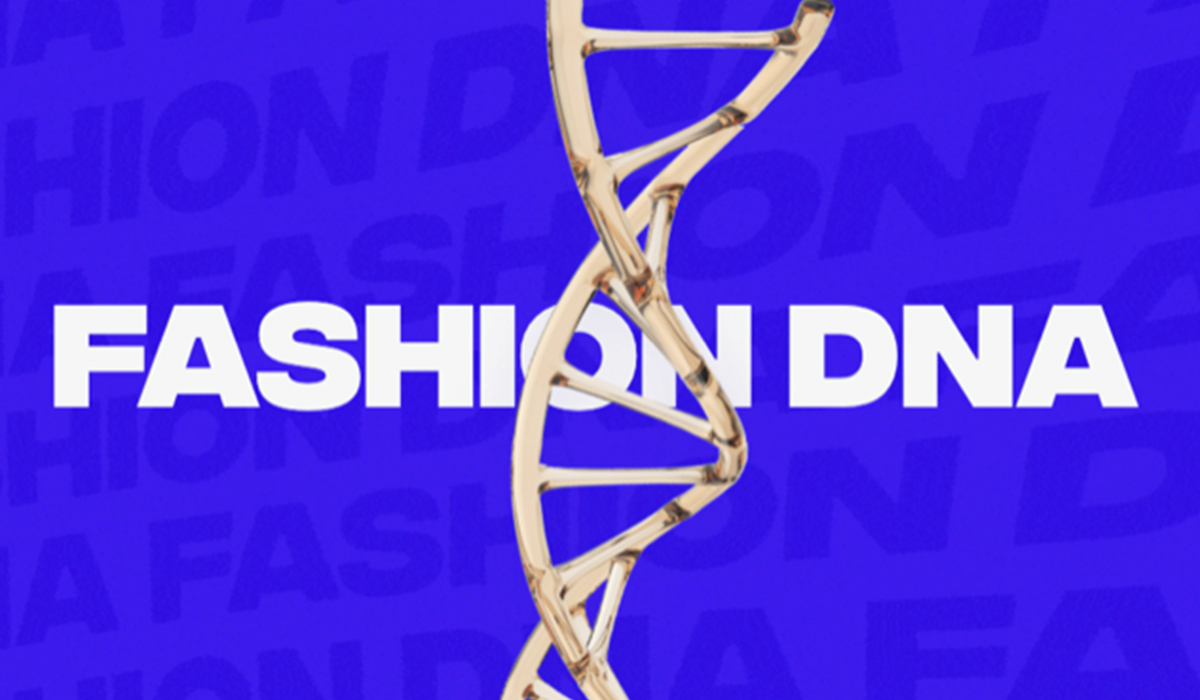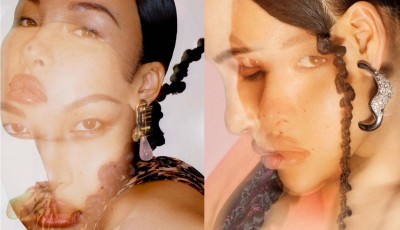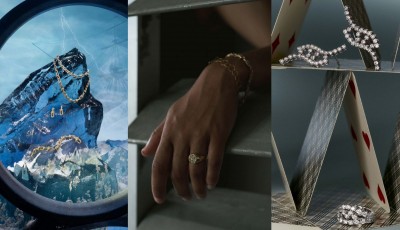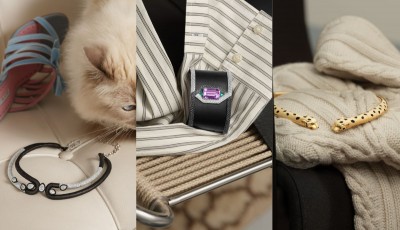What is Your Fashion DNA?
In these algorithmic times, Lyst, the online fashion search platform, launches the Fashion DNA algorithm to analyze tastes in terms of style
A new algorithmic tool at the service of the fashion world. It is called Fashion DNA and has been launched by Lyst, the global search engine for fashion, which offers the largest list of articles in the world and allows users to find whatever they want at the most convenient price by forwarding them to the retailer’s platform. What is Fashion DNA? Fashion DNA is a technological algorithm that lets Italian users analyze their tastes in terms of style on the basis of an archive consisting of 70 million on-line fashion searches. A highly innovative system that combines fashion with artificial intelligence so that users can find their own origins among thousands of on-line fashion searches and thus address, why not, their future purchases. A technology that uses over 70 million searches on a global scale to define the personalized DNA. Launched in London on 9th March last, thanks to a team of engineers, users, after a Fashion DNA test, can discover their origins from Brazil, Spain or another 120 countries.
A new, experimental and free-of-charge feature that uses information technology to compare each person’s tastes with another 70 million fashion searches. The algorithm uses the data of over 9 million products at over 12,000 retailers operating in 120 countries. The learning machine is based on eight questions for the users, the answers to which will provide a unique combination able to determine their Fashion DNA. What are the characteristics of Italians? The Italian fashion identikit includes Off-White as the most searched and loved luxury brand. The products that users look for the most are waist bags and cross bags for him and her. In 2019, every 10 minutes, a Lyst user searched for the Off-White industrial, yellow-black belt. 46.3% of Italians searched for a fashion item on their smartphone. And jewelry? While Lyst is already open to the fashion jewelry segment, defining a DNA for jewelry is not yet in the pipeline. But the idea of being able to think of such an innovative system for the gold and jewelry sector too could support and address the stylistic choices of many companies and encourage the more technological and enterprising minds to define a new tool at the service of the jewelry industry.
A new, experimental and free-of-charge feature that uses information technology to compare each person’s tastes with another 70 million fashion searches. The algorithm uses the data of over 9 million products at over 12,000 retailers operating in 120 countries. The learning machine is based on eight questions for the users, the answers to which will provide a unique combination able to determine their Fashion DNA. What are the characteristics of Italians? The Italian fashion identikit includes Off-White as the most searched and loved luxury brand. The products that users look for the most are waist bags and cross bags for him and her. In 2019, every 10 minutes, a Lyst user searched for the Off-White industrial, yellow-black belt. 46.3% of Italians searched for a fashion item on their smartphone. And jewelry? While Lyst is already open to the fashion jewelry segment, defining a DNA for jewelry is not yet in the pipeline. But the idea of being able to think of such an innovative system for the gold and jewelry sector too could support and address the stylistic choices of many companies and encourage the more technological and enterprising minds to define a new tool at the service of the jewelry industry.






